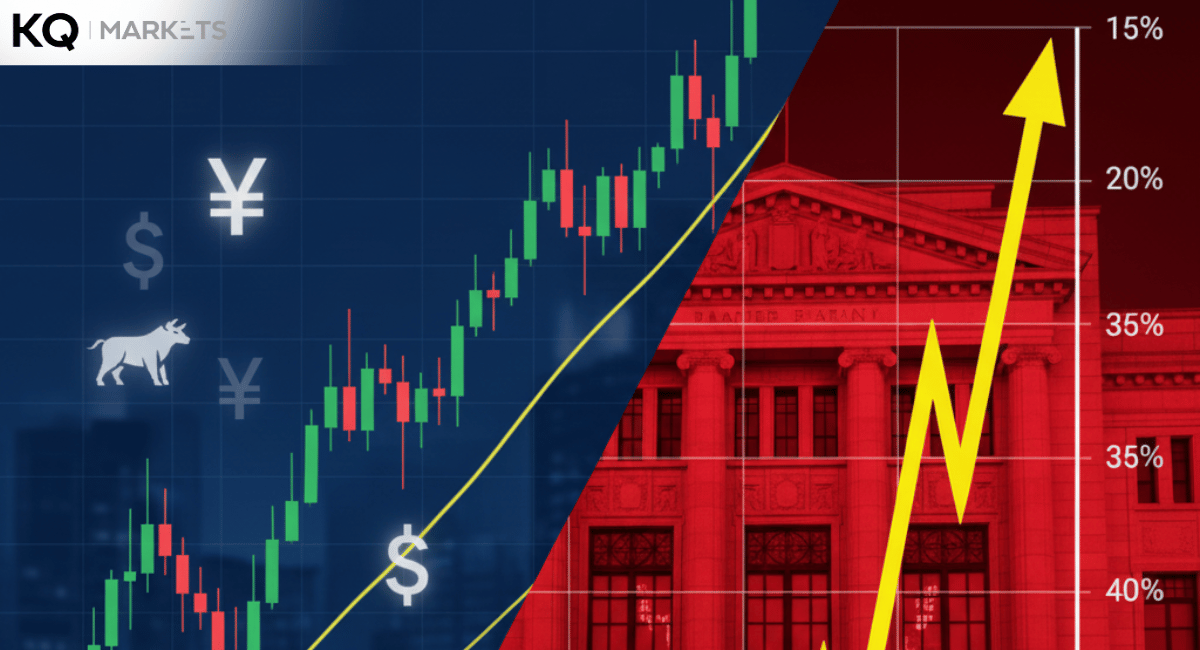The Eurozone cut interest rate from 4% to 3.75% to mark its first five-year adjustment. In any case, the decision reflects the European Central Bank's commitment to stimulating economic growth and addressing regional challenges. This article uncovers why the Eurozone cut interest rate to 3.75%.
Eurozone Cut Interest Rate Overview
The ECB interest rate recently confirmed its anticipated cut on Thursday despite lingering inflation in its 20 nations. Overall, this rate cut marks a new trajectory since 2019. The ECB Governing Council said the rate cut resulted from inflation outlook assessments and the monetary policy transmission strength.
Microeconomic projections indicate that the ECB interest rate raised the annual average headline inflation outlook from 2.3% in 2023 to 2.5% in 2024. Meanwhile, investors lifted their 2025 inflation forecast from 2% to 2.2%, with a 1.9% projection for 2026.
Investors priced on a 25 basis point rate cut in June, believing policymakers will initiate at least two more interest rate cuts in 2024. Nonetheless, investors say the EU central bank interest rate will unlikely record a follow-up rate cut in July.
Eurozone Cut Interest Rate Causes
The Eurozone cut interest rate due to global economic impacts, monetary policy transmission, and inflationary pressures. How do these factors impact the ECB deposit rate? This section provides more details on why the European Central Bank cut rates.
- Global Economic Context
External factors like geopolitical uncertainties and economic slowdowns among trading partners heightened concerns. Therefore, lowering the EU Central Bank interest rate provides a preemptive measure to mitigate global challenges and their negative impact on economic activity in the 20 nations.
- Monetary Policy Transmission
The Eurozone cut interest rates due to monetary policy transmission effectiveness, reflecting the European Central Bank's measures to enhance monetary policies across the broader economy. How does monetary policy impact the ECB interest rate?

In general, lowering the EU Central Bank interest rate allowed them to lend to commercial banks, stimulate consumption, and promote investments. Thus, this strategy enables the ECB interest rate to attain economic stability and GDP growth.
- Inflationary Pressure
Inflationary pressure is the upward movement of commodity prices in the economy over time. Prices tend to rise when commodity demand exceeds supply, leading to inflation. Thus, central banks monitor inflation to help implement monetary policies, such as adjusting ECB interest rate cuts to attain economic growth and stability.
Eurozone Cut Interest Rate Aftermath
The Eurozone cut interest rate impacted borrowing and financial markets. This section covers the aftermath of the rate cuts on borrowing costs and financial markets.
- Borrowing Costs Impact
Borrowing costs declined to allow increased spending and expansion among businesses. The reduced borrowing cost encourages job creation and economic growth, offering increased disposable income, cheaper loans, and lower mortgage payments.
- Financial Markets Impact
Stock exchanges recorded increased activities since investors adjusted their portfolios. However, this increased stock trading activity grappled with currency fluctuations and heightened volatility. In addition, bond markets faced fluctuation since yields changed due to investors' expectations of future economic growth.
Conclusion
The Eurozone cut interest rate to reflect measures for stimulating economic growth and addressing challenges. The ECB interest rate cut supports economic resilience and enhances monetary policy amid global uncertainties and inflationary pressures.





